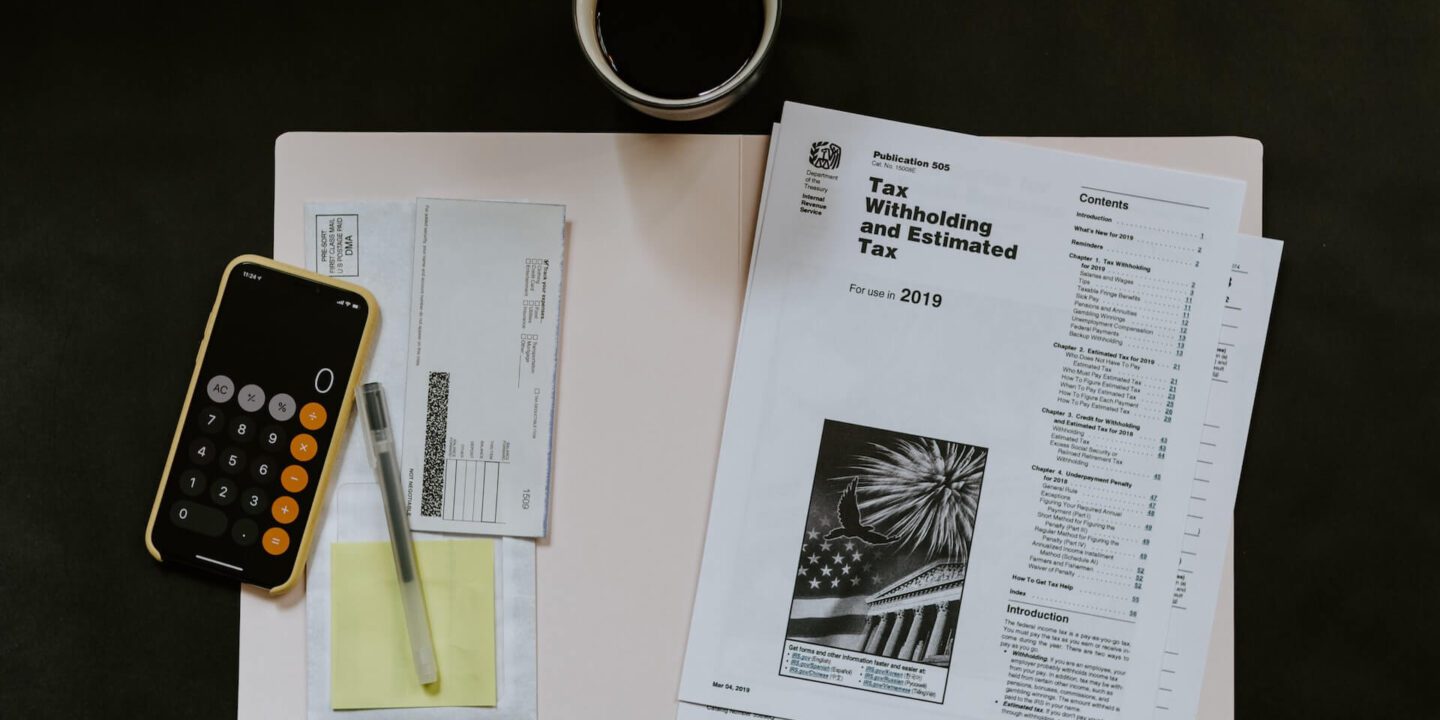
The IRS sets January 23 as the official start of the 2023 tax filing season. 10 things to know for the 2023 tax filing that might help you to file your taxes accurately and get your refund in a timely manner. The 2023 tax filing deadline is Tuesday, April 18, 2023! Preparing for the tax season can sometimes feel like a daunting task. Here are a few tips from this post and IRS itself.
10 things to know for 2023 Tax filing
1. Get all required documentation.

When you begin preparing your tax return, make sure you have all the required documentation, including
- Social Security for yourself and your dependents.
- W-2 forms tell you how much taxes you have paid.
- 1099 forms for additional income
- Retirement account contributions.
- Property taxes and mortgage interest.
- Charitable donations.
- State and local taxes you paid.
- Educational expenses.
- Unreimbursed medical bills.
- Last year’s federal and state tax returns.
2. Choose the appropriate filing status.
Your filing status affects your tax bracket and the deductions and credits you are entitled to. Pick the status that best describes your position, whether it be head of household, qualified widow or widower, married filing jointly, married filing separately, or single.
3. Take advantage of every tax break you can.
Tax breaks can assist you to cut your taxable income and lessen your tax obligation. Ensure that you claim all the tax breaks you are entitled to, including those for charity donations, medical costs, and state and local taxes.
4. Make use of tax credits.
If you have more credits than you need, tax credits can immediately lower your tax obligation and even result in a refund. Earned Income Tax Credit, Child Tax Credit, and American Opportunity Tax Credit are a few examples of typical tax credits.
5. Don’t overlook retirement contributions.
You may reduce your taxable income and lessen your tax obligation by making contributions to certain retirement plans, such as a regular IRA or 401(k).
6. Check your return for accuracy.
Before submitting it, thoroughly check it for accuracy and completeness. Verify all calculations and data entries to ensure everything is correct.
7. Submit a return electronically.
Submitting a return electronically is quicker and more accurate than doing it on paper. After the IRS receives your return, you’ll also get a confirmation.
8. Take into account direct deposit when applying for refunds.
Direct deposit is the quickest and safest option to apply for a refund. While submitting your return, be sure to include proper bank account information.
9. Don’t freak out if you can’t pay.
Don’t freak out if you can’t pay your tax payment in full. For taxpayers who are unable to pay their tax obligation in full at once, the IRS provides payment plans and other choices.
10. Maintain duplicates of every piece of paperwork.
Retain copies of all paperwork pertaining to your tax return, such as invoices, statements, and communications with the IRS. You might require these.
In conclusion
Review the above 10 steps which might help you file your taxes for the year 2022. It is important to ensure that you file your taxes accurately and on time to avoid penalties and interest. It may be beneficial to seek the help of a tax professional or use tax software to ensure that you take advantage of all available deductions and credits. [Post 12]
Also read: How to invest your refund from the tax?
FAQ:
1. What is tax filing?
Tax filing is the process of submitting your income tax return to the government. It involves calculating your income, deductions, and credits to determine your tax liability or refund.
2. When does tax filing start in 2023?
IRS sets January 23 as the official start of the 2023 tax filing season; more help is available for taxpayers this year. Internal Revenue Service.
3. What are the key filing season dates in 2022?
There are several important dates taxpayers should keep in mind for this year’s filing season:
- January 13: IRS Free File opens
- January 17: Due date for the tax year 2022 fourth quarter estimated tax payment.
- January 23: IRS begins 2023 tax season and starts accepting and processing individual 2022 tax returns.
- January 27: Earned Income Tax Credit Awareness Day to raise awareness of valuable tax credits available to many people – including the option to use prior-year income to qualify.
- April 18: National due date to file a 2022 tax return or request an extension and pay tax owed due to the Emancipation Day holiday in Washington, D.C.
- October 16: Due date to file for those requesting an extension on their 2022 tax returns.
4. How to calculate the estimated tax return for 2023?
To calculate your estimated tax return, follow these steps:
- Estimate your total income for the year, including wages, salary, self-employment income, and any other taxable income.
- Determine your tax deductions and credits. This can include standard deductions, itemized deductions, and tax credits for things like childcare, education expenses, and retirement contributions.
- Use the IRS tax tables or tax software to calculate your estimated tax liability based on your income and deductions.
- Subtract any tax withholding you’ve already made from your paycheck or other sources.
- If your withholding is less than your estimated tax liability, you may owe additional taxes. If your withholding is more than your estimated tax liability, you may receive a tax refund.
Note that these calculations are estimates only and your actual tax liability or refund may differ depending on your specific circumstances. It’s always a good idea to consult with a tax professional for personalized advice about your tax situation.
5. How to file taxes online?
Choose a tax preparation software or online tax filing service. Some popular options include TurboTax, H&R Block, and TaxAct.
6. How to file taxes online for free?
The IRS offers Free files for taxpayers with income below a certain level and free filing options for certain military members, students, and others. For example: If you made $73,000 or less in 2022, you are eligible for the IRS’s Free File program.
7. How does a married filing separate taxes?
Married filing separately is a tax filing status for married couples who choose to file their tax returns separately. Each spouse reports their own income, deductions, and credits. It may be beneficial in certain situations, such as when one spouse has significant itemized deductions or is concerned about tax liability.
Hi, I am InvestMoney. Welcome to my online home. I run a popular finance blog called Investmoneygrow. I share my analysis and insights on the latest financial news, investing, personal finance, career development, leadership, and trends. What I write on my Investmoneygrow blog is my practical experience. Follow InvestMoney on Twitter at @Investmoney2gro for financial tips and advice.
Categories
Popular Post
Recent Post
10 Ways to Generate Money from AI
- March 15, 2025
- 5 min read
Which One Is The Best Retirement Account
- July 16, 2023
- 4 min read
10 Proven Ways to Build an emergency
- June 19, 2023
- 7 min read











